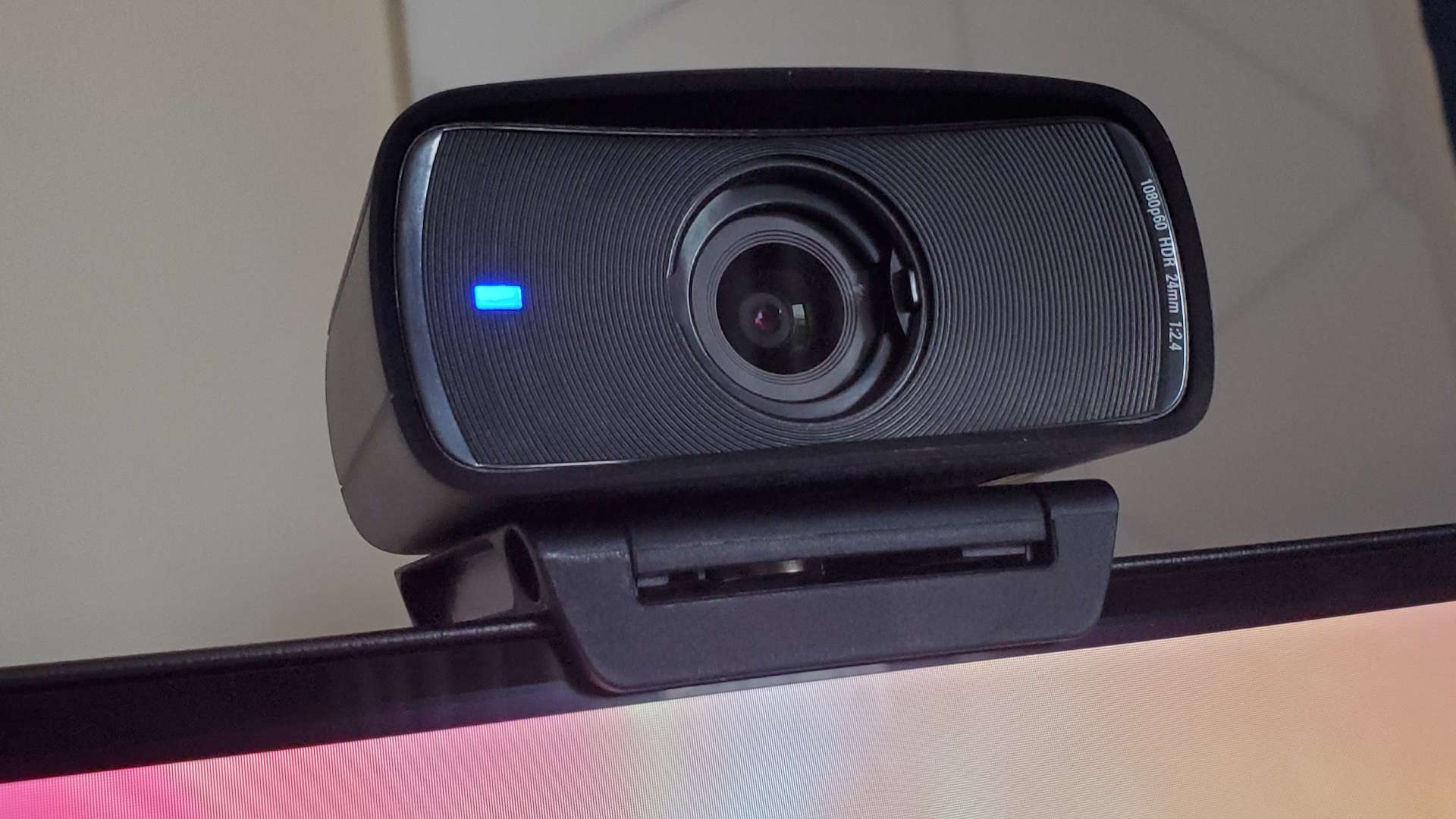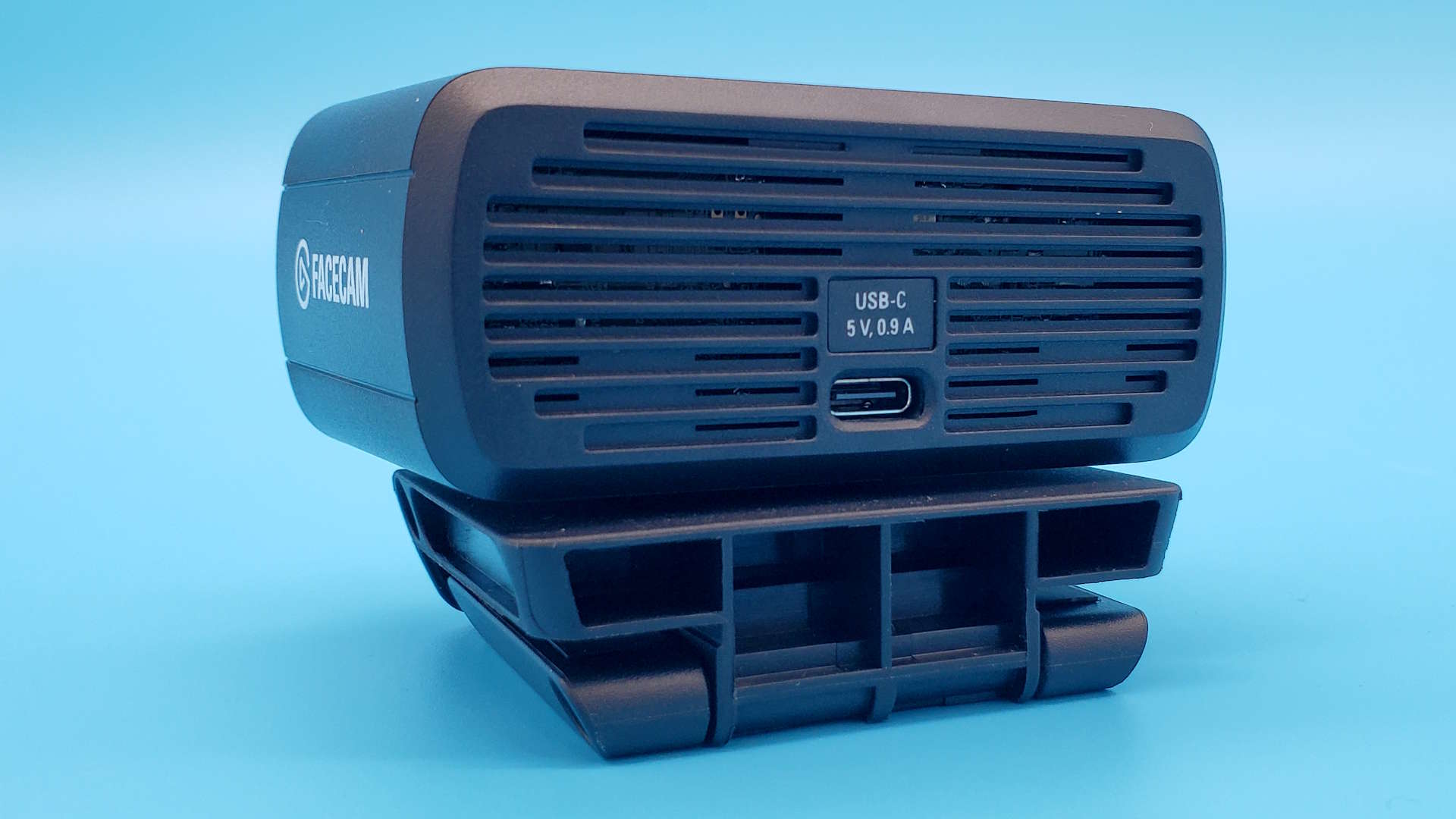Our Verdict
Elgato's second webcam supposedly isn't a sequel to the original Facecam, but it has effortlessly improved on the few problems we had with the MK.1 to deliver an outstanding webcam that deserves to be a hit for streamers and everyone else.
For
- HDR image is excellent
- Uncompressed 1080p60 and 720p120
- Fixed focus
- Software is outstanding
- Smart new design
Against
- Privacy shield is fiddly
- Requires Nvidia card for some bells and whistles
PC Gamer's got your back
I wasn't expecting much from the new Elgato Facecam MK.2. It's apparently not really a sequel, and will just go on to replace the existing Facecam we loved so well. It's also a bit cheaper than the original cam launched at: The new one is starting at $150 while the MK.1 came out at $200.
But it's great. Really great. Pretty much a better webcam than the first in every aspect, and I am massively digging the new HDR mode the Facecam MK.2 employs. In my home office space, with a couple bright windows facing the side of my screen, it's ace not having those utterly blowing out the image every time I jump on a call in the daytime.
It's not messing around trying to be some 4K monster of a cam, but what the Facecam has always offered is a fantastic uncompressed 1080p stream. And it does it with aplomb. That was true with the MK.1 and is absolutely so in this updated Facecam MK.2.
Given the target audience for Elgato gear is the streaming market, that choice is a smart one. Why pick a higher, but compressed resolution that folk aren't going to embed in their stream anyway? What you really want is a lower resolution, but artefact-free video stream. To that end, the MK.2 is again offering 1080p60 uncompressed, with 720p120 included in a host of other resolutions and frame rates lower down the scale.
The new Facecam is still using the same Sony STARVIS CMOS sensor, and still delivers a great picture, despite the MK.2 having a noticeably smaller 'eye' compared with the first model. But that works for me, because one of the first things you'll otherwise notice is that it's far smaller as a whole.
The original is quite a chonky thing. A boxy beast of plain black plastic with just the concentric rings around the lens to mark out any detail. Now, I'm not going to pretend the new design is some stunning reimagining of what a webcam can be—it's still essentially a black plastic box—but the shrinking down of the main body is very welcome. As is the redesign of the stand/monitor hook.
To be clear, it's more the change in how the Facecam connects to the stand that has been improved. The original still just screwed on, but in a way that meant it always had to be a little too loose to be able to face forward or be moved around to face you. The new version is still pretty basic, but the simple screw mechanism now allows you to shift the camera around more freely and also stops it standing too proud atop your monitor. This, according to Elgato, delivers a more eye-level stream.
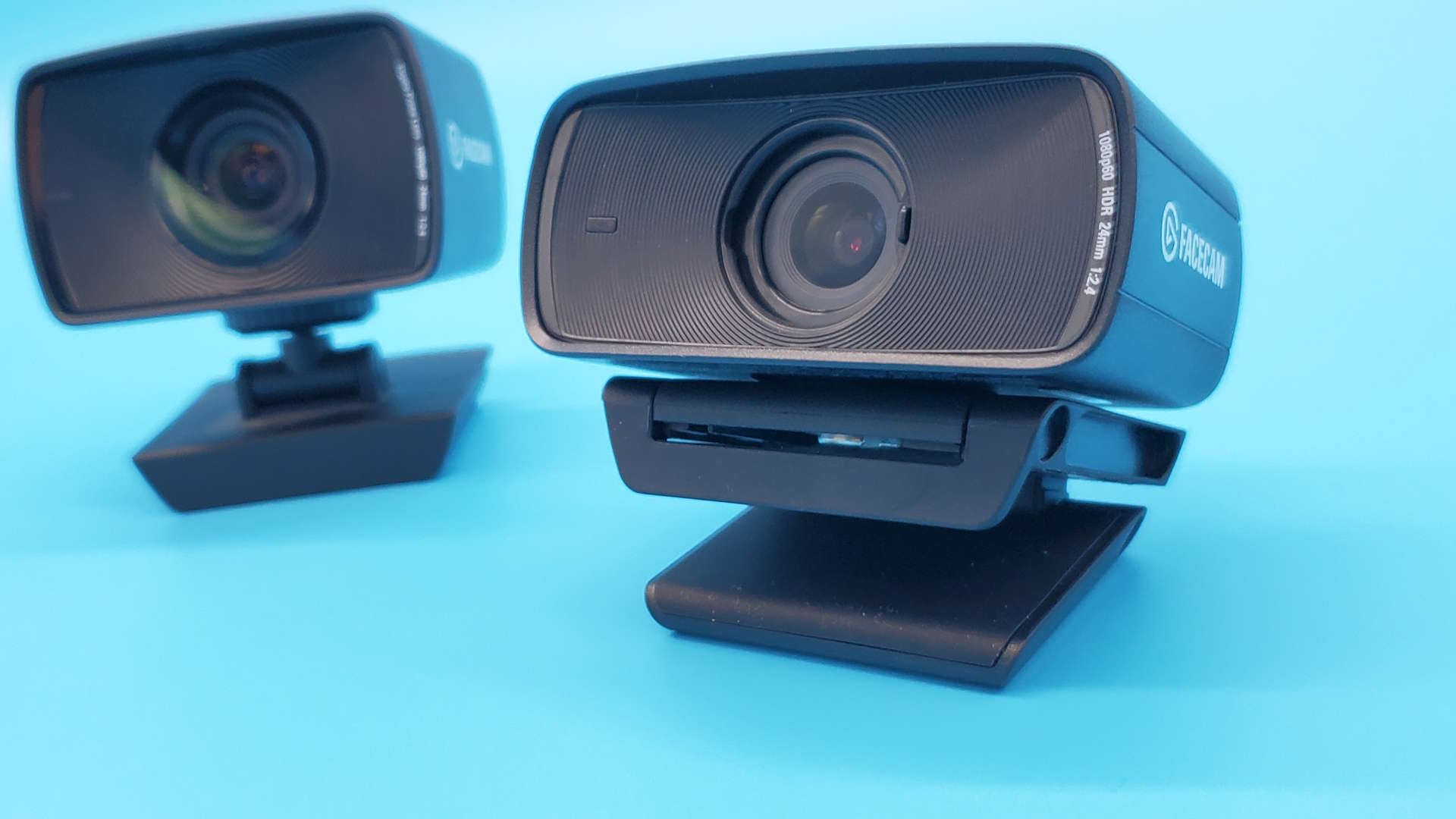
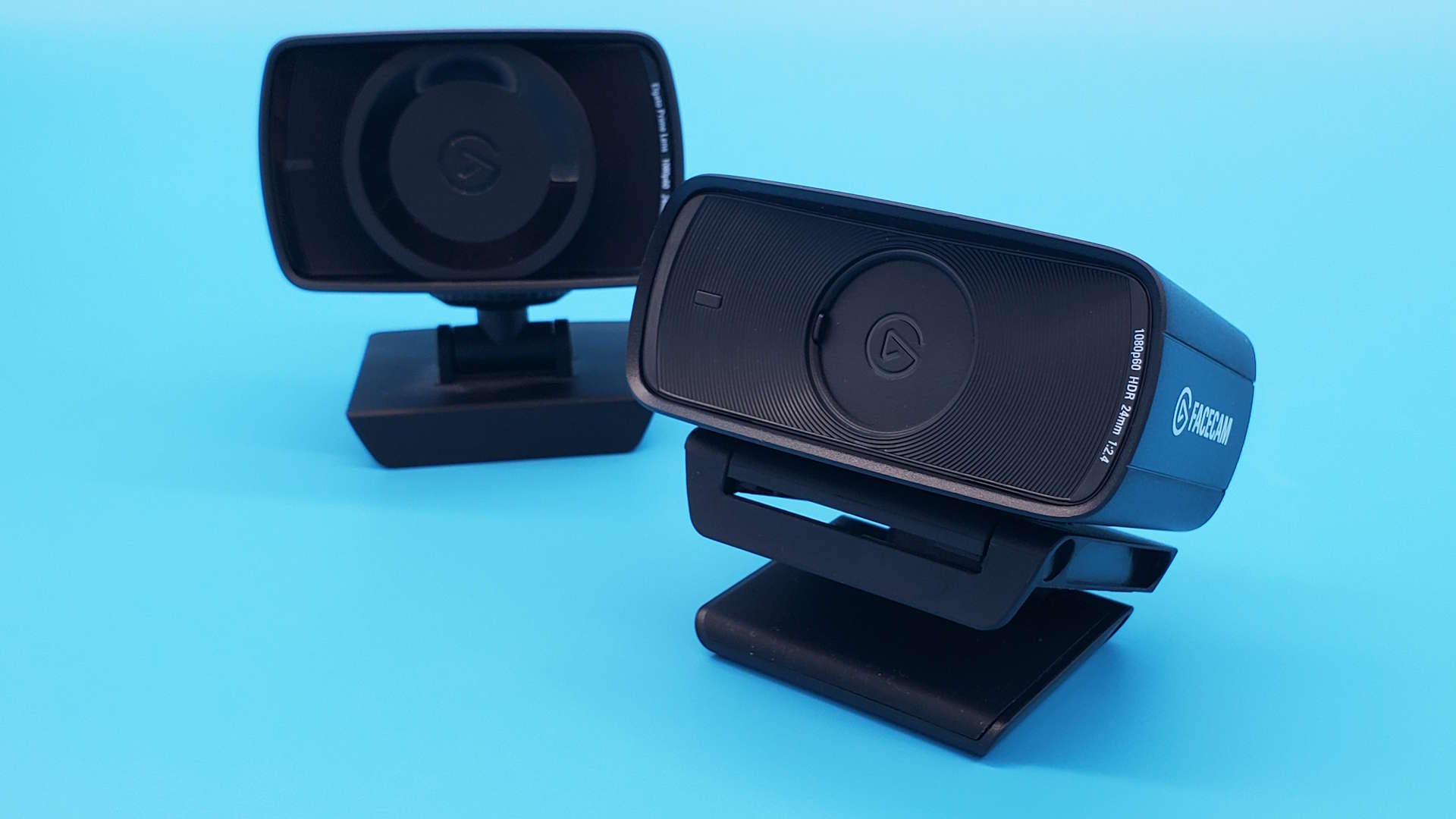
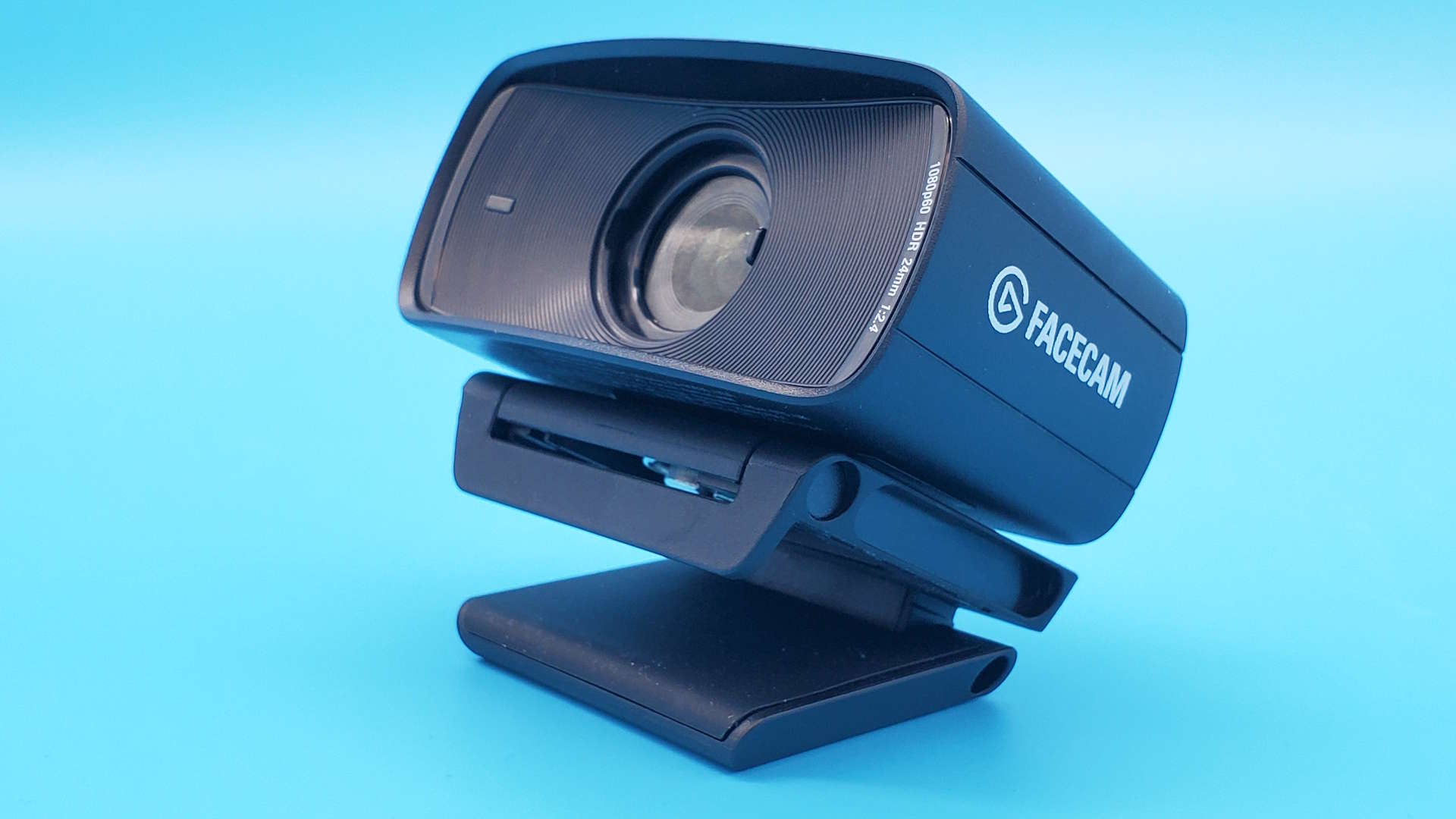
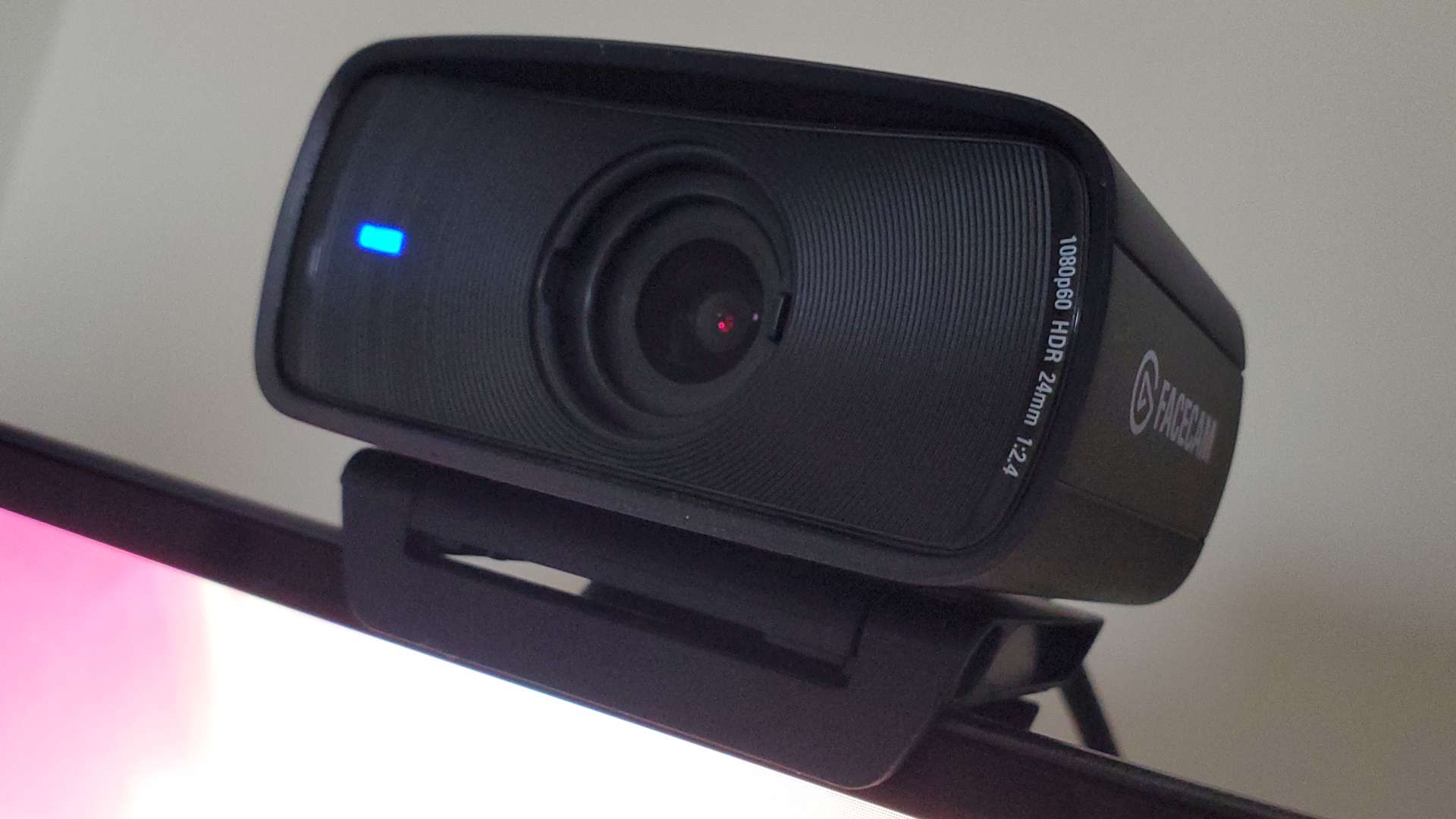
Elgato has also integrated the privacy shield into the device now, so no more casting about trying to find where you put the lens cap when you want to be sure the beady eye of the Facecam isn't spying on you. It's another low-tech solution, with just a sliding screen that you can pull across. Once you've pried it over with a fingernail. This is my only real concern with the redesign, the fact that it has such a small tab means it can be quite awkward to shift the screen across.
But the Facecam has always been more about the image that it captures than what the hardware looks like, and that's better than ever. Not only is the MK.2 capable of delivering the same level of image quality as the original cam, but it's also got that new HDR mode.
Elgato is very up front about the fact that the HDR mode does not automatically make everything look better, and that it will depend on your setup. But for me, I definitely prefer the stream I come out with. To achieve HDR capture it rapidly takes different exposures and then combines the low and high exposure shots to produce an image that should contain more detail at both ends of the spectrum.
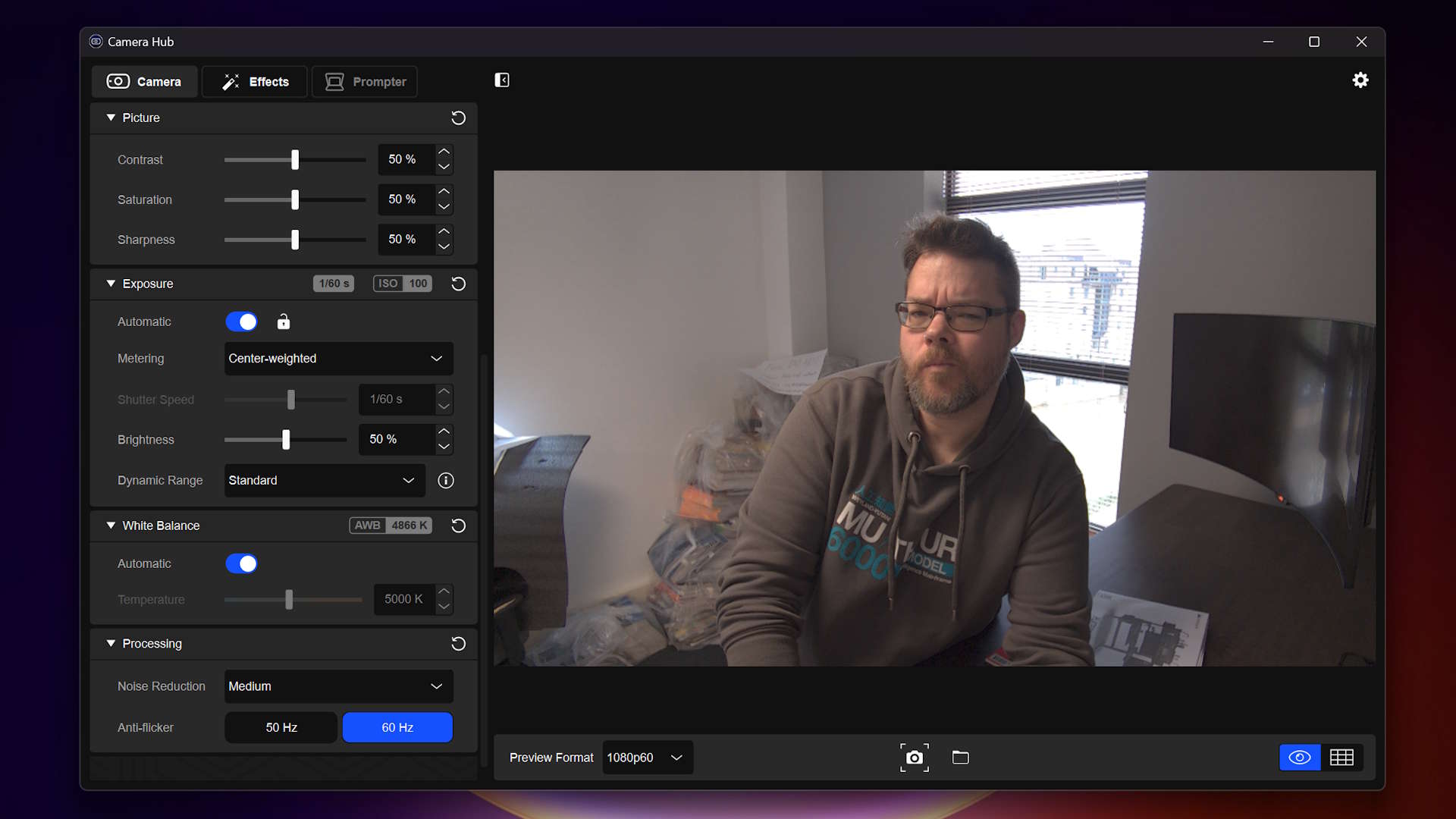
Standard (note the blown out window)

HDR (note the detail there now)
HDR does also lock out certain elements, with 720p120 capture disabling HDR, and it means that some of the more fine grain controls available from within the Camera Hub software don't work as they should. Elgato calls those instances "a conceptual issue" rather than a technical one, as creating discrete sliders for each exposure level in the HDR capture mode would end up as a pretty rough user experience.
None of that takes away from the fact the Elgato software is some of the best around, and links in happily with Nvidia's Broadcast software, too. There are a host of different controls available to the user, which enable you to tailor the image to your personal tastes. And, while I'm not some video savant, I'm able to tweak the settings on the fly to get a great image no matter where I am, or when I'm using it.
And even if, conceptually, the fine grain tweaks for managing the image in HDR mode aren't available, tweaking the brightness does cut out some of the initially moody, overly cinematic quality of the HDR image.
There are other additions to the MK.2 surfaced by the Camera Hub software, too, with the zoom, pan, and tilt options allowing you to bring the image in tighter around you if the 82° FoV is a bit too wide for your tastes.
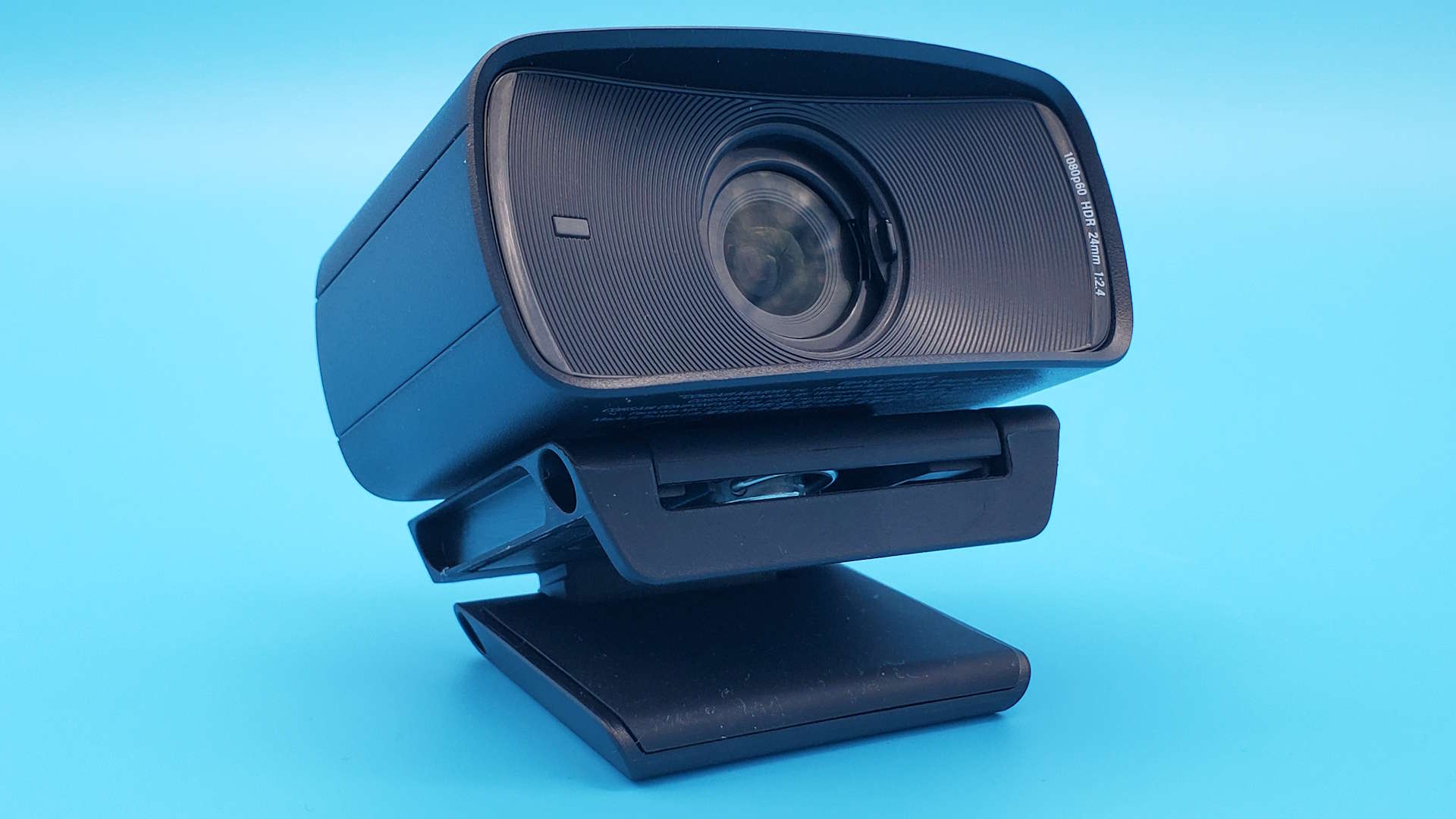
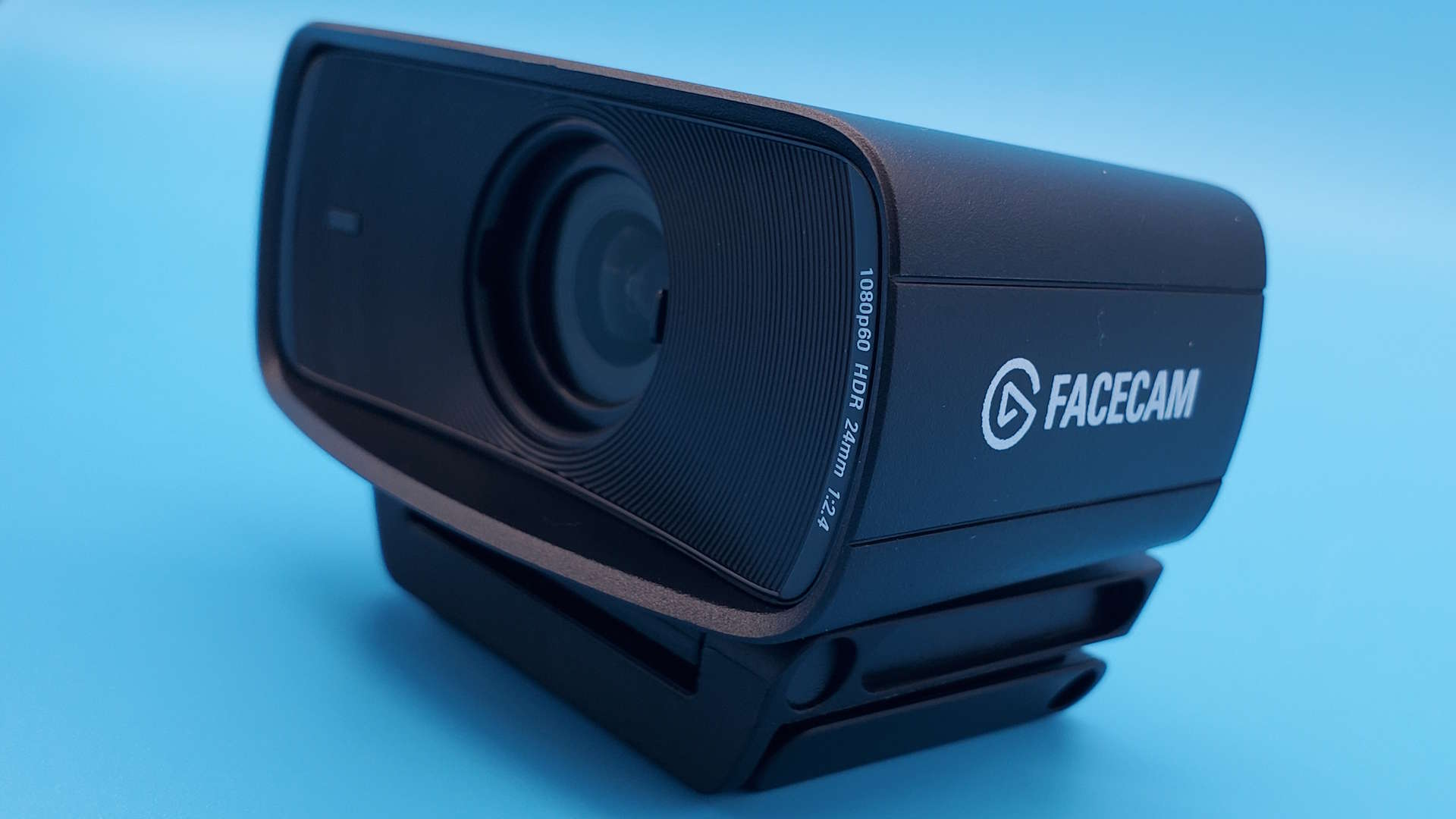
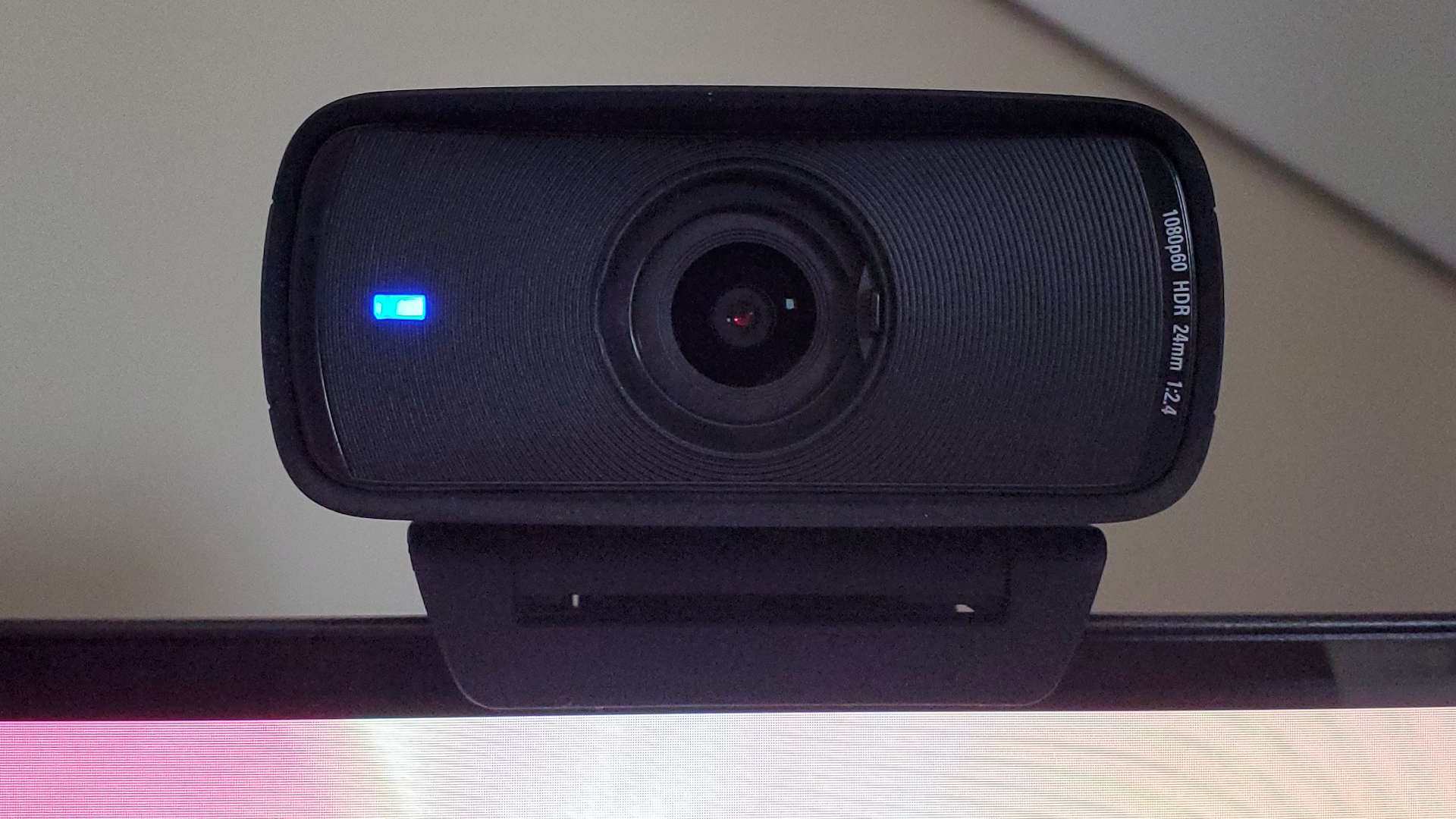
✅ You want a great 1080p webcam: The MK.2 is a resolutely 1080p60 cam at max, but the uncompressed footage delivers the minimum of artefacts.
✅ You want to tailor the image to the nth degree: The Elgato software is excellent, allowing for a huge amount of customisation, and the HDR capture can make a big difference to the final image quality.
✅ Auto-focus drives you mad: There's no constant flickering between focal lengths with the fixed focus of the Elgato optics.
❌ You just want a cheap webcam: The Facecam MK.2 is cheaper than the MK.1 was at launch, but it's certainly not cheap.
❌ You're not running Nvidia and want access to AI and AR effects: The Elgato requires an Nvidia RTX 2060 or above to give you all the toys.
But something which has stayed the same is the lack of auto focus. The Facecam's fixed focus system might sound like a negative initially, but the fact that it's designed to maintain focus from 30cm to 110cm means that you're not going to get that annoying experience of a webcam constantly battling to figure out what it should be focusing on. I've got the Razer Kiyo Pro Ultra which I use in the PCG office, and that is always re-focusing during use.
One other thing I've noticed using the MK.2 in place of the Razer in the office, however, is that it really doesn't like the strip lighting above. At home, it's grand, but in PCG Towers there is a noticeable flicker to the image no matter whether you're running in 50 Hz or 60 Hz modes. Switching to 50 Hz did help in Google Meet, but not when recording natively on my machine.
Nor could I enable any of the funky background blurs or eye contact effects. I'm running an Intel Arc A770 in my office PC, and Elgato requires an Nvidia RTX 2060 or greater to give you access to those, which also means AMD GPU owners will be left out in the cold.
But it's now my go-to cam for home use, because it's clearly delivering an image beyond what the original Facecam MK.1 can, even in darker environments. And it's doing it all in a more effective, less awkward package, too. Son while Elgato might hold that this is not a true sequel to the Facecam, it's nevertheless an improvement on all fronts.
Can't wait to see what it does have planned for a proper Facecam 2...
Elgato's second webcam supposedly isn't a sequel to the original Facecam, but it has effortlessly improved on the few problems we had with the MK.1 to deliver an outstanding webcam that deserves to be a hit for streamers and everyone else.

Dave has been gaming since the days of Zaxxon and Lady Bug on the Colecovision, and code books for the Commodore Vic 20 (Death Race 2000!). He built his first gaming PC at the tender age of 16, and finally finished bug-fixing the Cyrix-based system around a year later. When he dropped it out of the window. He first started writing for Official PlayStation Magazine and Xbox World many decades ago, then moved onto PC Format full-time, then PC Gamer, TechRadar, and T3 among others. Now he's back, writing about the nightmarish graphics card market, CPUs with more cores than sense, gaming laptops hotter than the sun, and SSDs more capacious than a Cybertruck.
